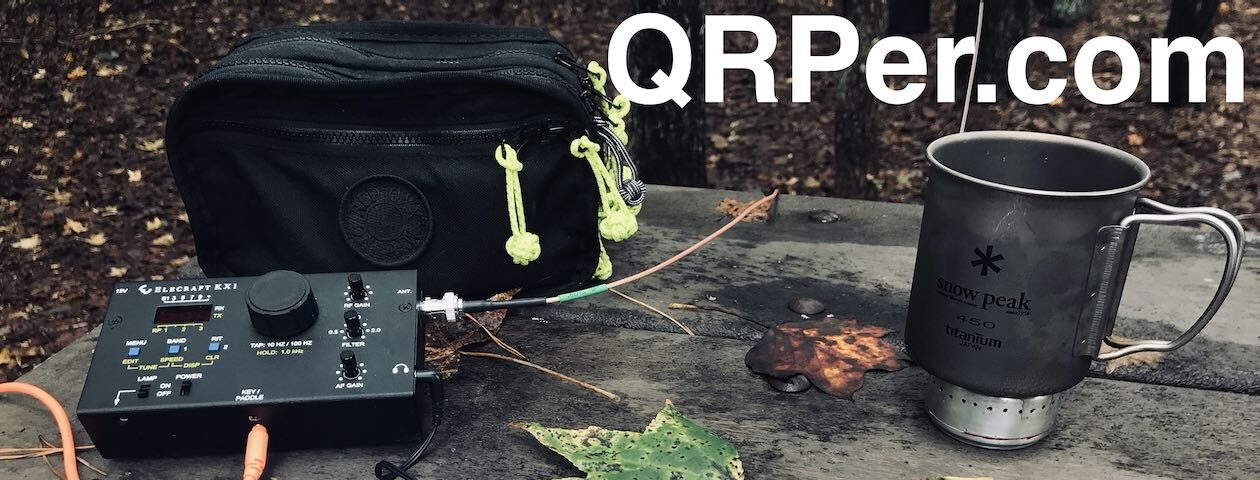Many thanks to Scott (KK4Z) who shares the following post from his blog KK4Z.com:
Necessity is the mother of invention
by Scott (KK4Z)
Plato’s Republic he said that *our need will be the real creator* or the proverb as we know it today *necessity is the mother of invention*. Recently, my friend Thomas K4SWL acquired a Yaesu FT-891. During his YouTube video, he expounded on how much fun he had with it. It did indeed look like fun. During this time I was pondering about doing more day activations instead of overnights. With the cost of everything still climbing, the need to conserve becomes apparent. I thought an FT-891 might really be a great radio for these day activations. Then reality set in.
I already have a number of projects I am working on and misc things like maybe having to replace my old 33′ push-up pole, it was not in the stars nor was there a twinkle in my wife’s eye when I mentioned it. In reality, the IC-7300 is a great radio and does everything I need to do especially in the field. I don’t need another radio, I have three 100 watt radios and three QRP radios. I still wanted an easy setup for these one-day activations. I want to drive to a park, set up in a few minutes, operate, tear-down in a couple of minutes, and head for home or another park. I also wanted to make my day activations park ranger friendly. To me, that means trying to be inconspicuous.
I have two projects planned. The first is a desk for my truck. I am making a desk to sit over the center console and front passenger seat big enough to hold my IC-7300, a laptop and a CW paddle. My plan is to secure the desk to the truck and the radio to the desk. I also wanted to make this as cheaply as possible. I used stuff I had on the property such as a half sheet of plywood and some construction lumber. The only things I had to buy were some screws and eye-bolts, about 14 dollars worth.

The plywood was cut to 24 x 38.5 inches. The length covers the center console and front seat while still allowing me to get to the heat/AC controls. I gave the corners a generous radius and I broke the edges with a router. On the underside, I used a 2 x 12 to make a spacer for the center console where the cup holder is and a leg for the other side over the passenger seat. The spacer is glued and screwed to the desktop but the leg is not attached. This is to make it easier to store. I made a socket for the leg using 2 x 2’s. It’s probably easier to look at a picture than me to try to explain. I added eye rings to the rear of the desk and use a bungee cord to secure the desk to the passenger seat. The only other thing I did, sprayed the top with polyurethane. Note. I am not a carpenter or cabinet maker. I use rough hand tools to get the job done and I am often making do with what’s on hand or what’s the cheapest way to do it.
Continue reading Scott builds a mobile desk for HF park-roving







































